Author: Halton
-
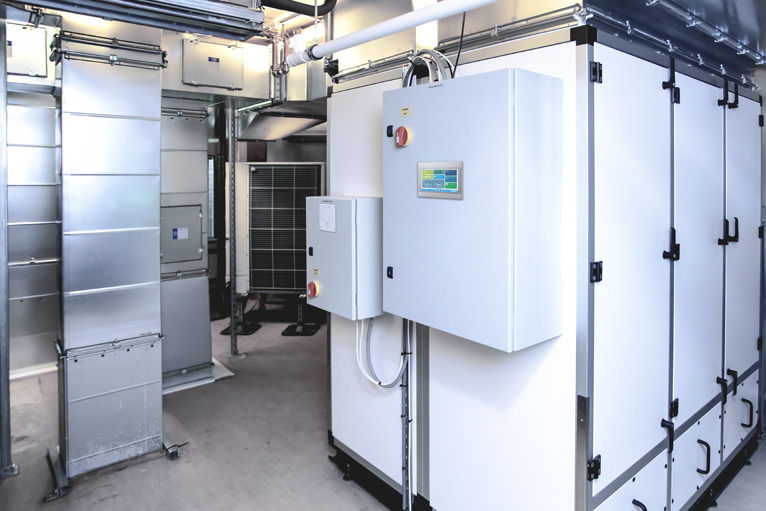
New Approaches For Recirculating Systems in Kitchen Ventilation
Recirculating systems or ductless hoods have typically had limited capacity on the type of appliances they serve. In addition, the connected power of the appliance was limited by what the device was tested under to obtain its U.L. 710B certification. Similar to ducted exhaust hoods, when recirculating systems are tested, the results of those tests…
-
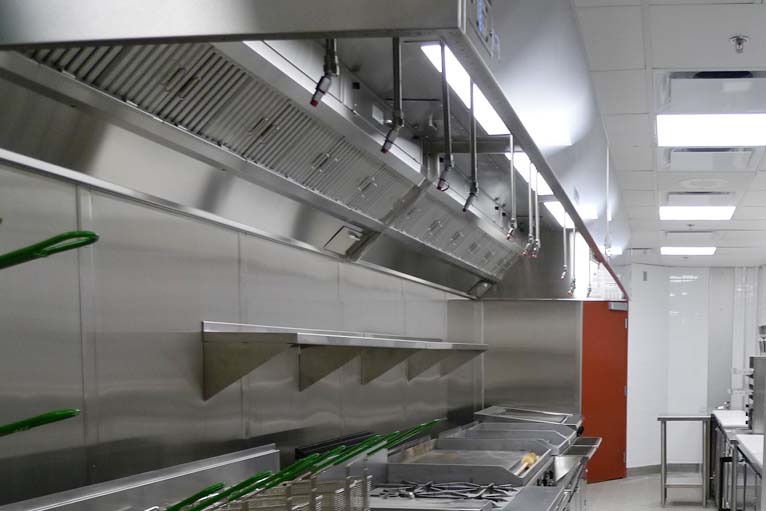
Capture and Containment, What does it mean?
A key function of any Kitchen Ventilation Canopy (Exhaust Hood), or Ventilated Ceiling, is its ability to catch the heat and fumes rising from the cooking appliances and to hold them until they can be drawn through the grease extractors and then into the exhaust system. This process is referred to as “Capture and Containment”…
-

System Neurology of a Kitchen Ventilation System
Ok, I’ll admit, I made up the fancy title to pique the interest of the engineering crowd. It has a nice bio-medical ring to it. However, I thought it was somewhat appropriate, given that this article will be discussing the connections and control sequences for commercial kitchen ventilation (CKV) systems. Several components make up a…
-
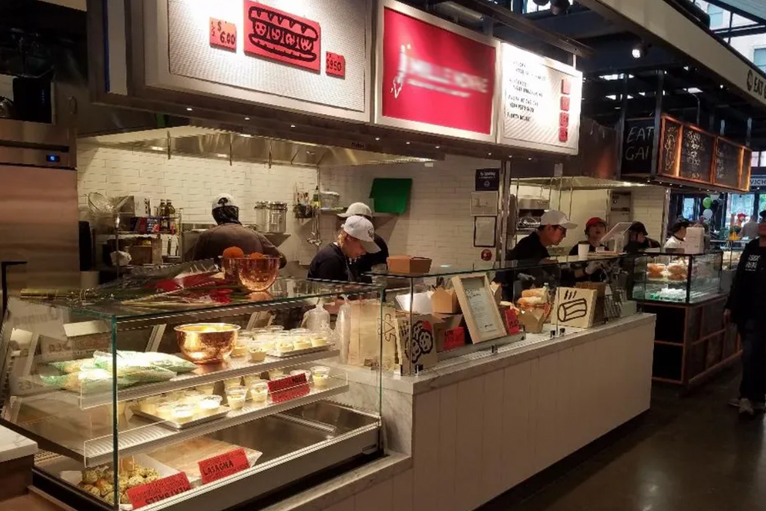
How to design kitchen ventilation flexibility into Food Halls and Mixed-Use Retail properties.
Vendor spaces in Food Halls or Mixed-Use Retail properties have significant logistical and infrastructure challenges. Creating spaces for foodservice operations before the vendor(s) have been identified while maintaining a high degree of infrastructure flexibility would be the goal, but often can fall short. Depending on the Food Halls or Mixed-Use property location, a secondary concern…
-

Kitchen Ventilation Base Building Requirements for Food Halls and Mixed-Use Retail Properties
The popularity of Food Halls and Mixed-Use Retail properties has created a significant challenge for property developers and designers. The nature of the foodservice operations is to design for the unknown in many instances. Although the overall concept may be known, the needs of individual tenants may not be. Planning the base building infrastructure for…
-
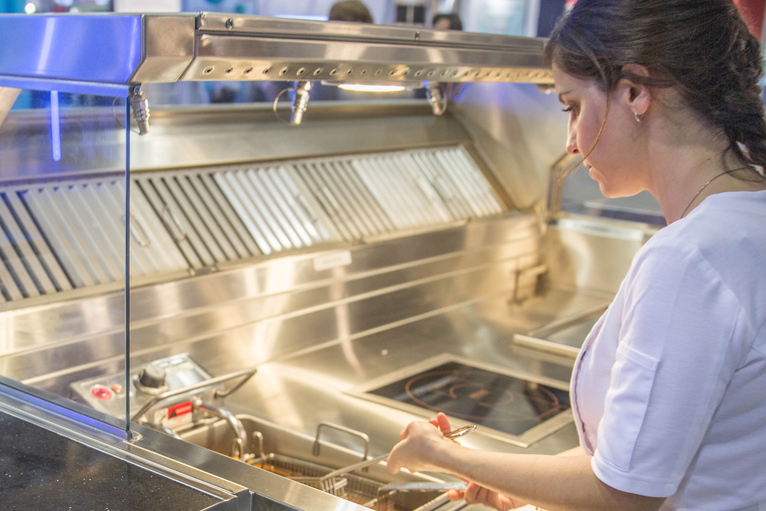
Advantages and Limitations of Ventless Solutions for Commercial Kitchen Ventilation
When designing a kitchen ventilation system, there may be a location where it is not cost-effective to run ductwork to the exterior of the building. This approach should always be the first consideration. In the absence of a practical means of ducting the kitchen exhaust, a ventless solution also known as a ductless solution can…
-
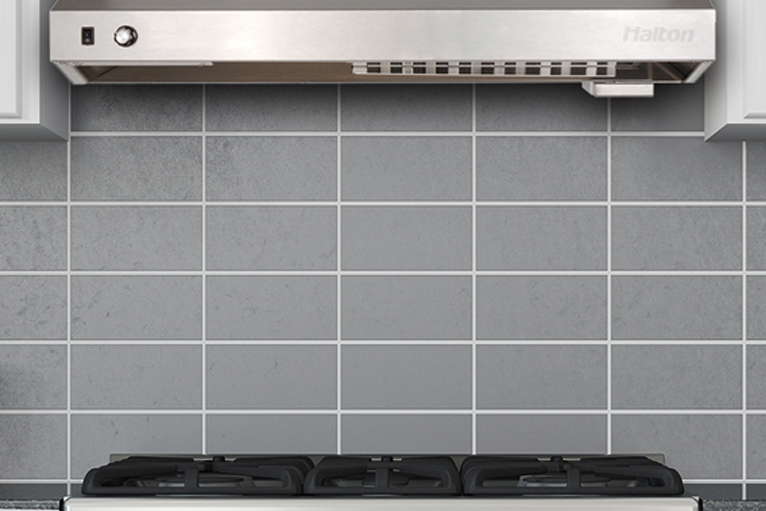
What the Building Codes require when installing a residential range in a commercial space.
Cooking causes over 50% of residential fires and over 29% of non-residential fires. It is important to understand what is needed when installing a residential-rated range in a commercial space. This type of application differs from traditional commercial kitchen ventilation systems. Those are governed by a different set of codes and requirements. Typically a residential…
-
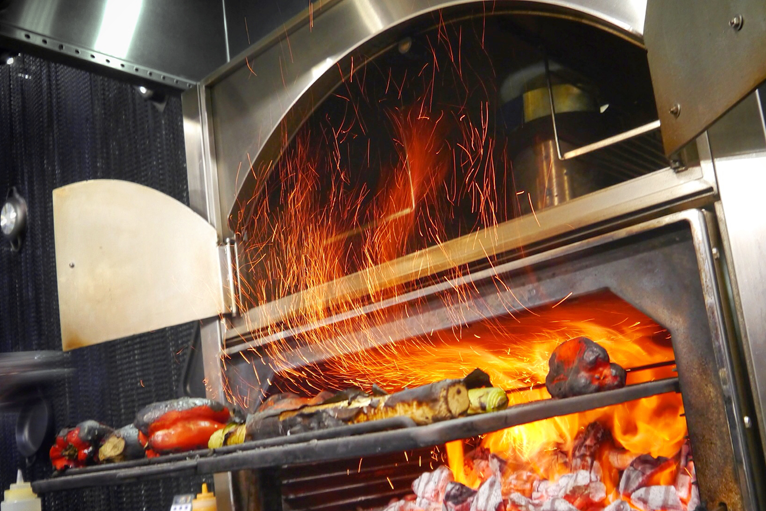
What are Best Practice Recommendation and Requirements for Solid Fuel Cooking in Kitchen Ventilation
Solid fuel cooking is defined by the International Mechanical Code as “any bulk material such as hardwood, mesquite, charcoal or briquettes that is combusted to produce heat for cooking operations.” This type of cooking is typically used to cook proteins (such as steaks, hamburgers, and chicken). The types of effluent emitted from solid fuel applications…
-
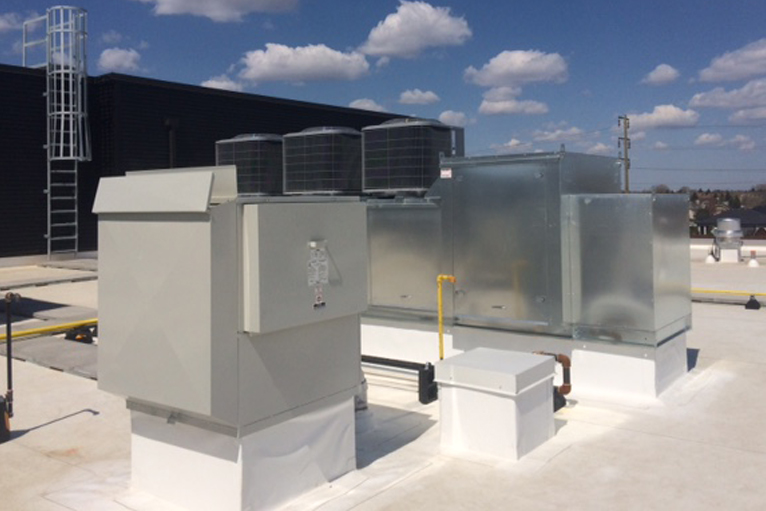
Using your HVAC system to build your restaurant’s brand
Four Steps to Success To succeed in today’s ultra-competitive quick-serve restaurant landscape, it’s vitally important that brands provide an inviting atmosphere for their customers. The primary focus is of course on the food, but customers also expect an exceptional experience from the moment they walk in the door. Restaurant designers have responded with updated lighting…
-
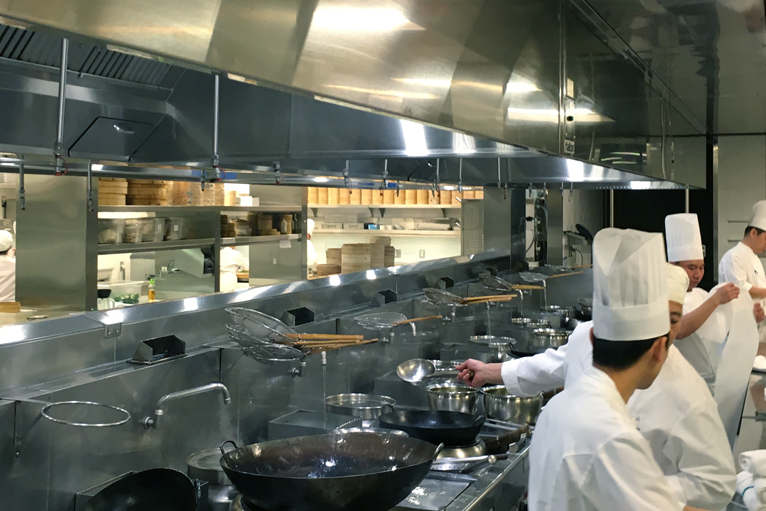
It’s not the heat, it’s the humidity!
Addressing comfort, space conditioning and make up air in commercial kitchens. I’m sure you’ve heard this before, somewhere. It implies the heat isn’t that big a deal for comfort, it’s more about the humidity that accompanies it. Well, that’s sort of true. Don’t try to tell anyone during summer in Las Vegas on a 106-degree…
